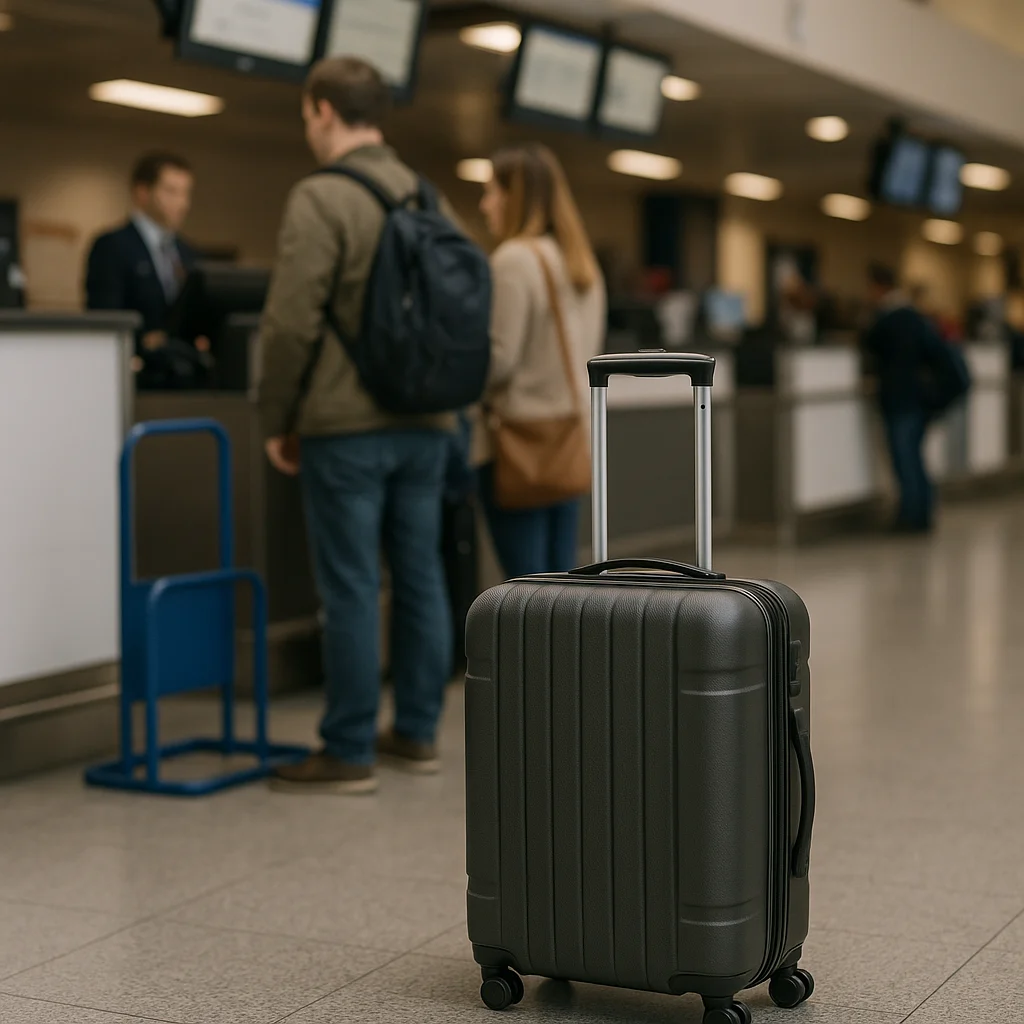Revolutionizing Air Travel with Sustainable Aircraft
As global awareness around climate change intensifies, the aviation industry finds itself at a pivotal crossroads. The launch of a groundbreaking sustainable aircraft for 2025 by a major airline represents a significant leap toward greener skies. This innovative aircraft promises to reduce carbon emissions, optimize fuel efficiency, and reshape the future of commercial aviation. For travelers and environmental enthusiasts alike, the introduction of sustainable aircraft marks a turning point in how airlines address environmental responsibility without compromising performance or passenger experience.
Key Features of the 2025 Sustainable Aircraft
The new sustainable aircraft boasts several technological advancements that highlight the airline’s commitment to reducing carbon footprints while maintaining high standards of safety and comfort.
Advanced Aerodynamics and Lightweight Materials
The aircraft design incorporates cutting-edge aerodynamics to minimize drag and maximize fuel efficiency. It utilizes ultra-lightweight composite materials that reduce overall weight, contributing to lower fuel consumption and fewer emissions.
– Composite fuselage and wing structures
– Streamlined winglets that improve lift-to-drag ratio
– Optimized engine nacelles designed for reduced turbulence
Next-Generation Propulsion Systems
A core innovation lies in its propulsion system, which pairs traditional jet engines with hybrid-electric technology.
– Hybrid-electric turbofan engines that lower fuel use by up to 30%
– Integration of sustainable aviation fuels (SAFs) capable of reducing net emissions
– Regenerative energy systems to power onboard electrical systems, cutting auxiliary power unit reliance
Environmental Impact and Emission Reductions
Airlines contribute approximately 2–3% of global CO2 emissions, making sustainable aircraft essential for cleaner skies. This new model targets significant improvements in environmental performance and carbon reduction.
Carbon Emissions Reductions
By integrating hybrid-electric engines and lightweight materials, the aircraft can reduce carbon emissions per flight by nearly 40% compared to current fleet averages.
– SAF compatibility decreases lifecycle emissions by up to 80%
– Reduced fuel burn directly correlates to fewer greenhouse gases
– Noise pollution also minimized through quieter propulsion techniques
Supporting Global Sustainability Goals
This development directly aligns with international initiatives like the ICAO’s Carbon Offsetting and Reduction Scheme for International Aviation (CORSIA) and the United Nations’ Sustainable Development Goals (SDGs).
– Helping the airline meet net-zero targets by 2050
– Encouraging industry-wide shifts toward eco-friendly innovations
– Promoting responsible resource consumption throughout the supply chain
Passenger Experience in the Sustainable Aircraft Era
Sustainable aircraft innovations do not come at the expense of passenger comfort. In fact, they often enhance the travel experience in unique ways.
Quiet Cabins and Smoother Flights
The new propulsion technology reduces engine noise significantly, contributing to quieter cabins and more pleasant flight environments. Improved aerodynamics also result in smoother landings and less turbulence.
Eco-Friendly Interiors
The airline has outfitted the aircraft with environmentally-conscious cabin materials, such as recycled fabrics, low-VOC paints, and renewable resource-based plastics.
– Ergonomically designed seats with sustainable cushioning
– Efficient LED lighting that adapts to circadian rhythms for better passenger rest
– Waste reduction initiatives including onboard composting and recycling programs
Challenges and Industry Adoption of Sustainable Aircraft
Despite its promise, rolling out sustainable aircraft faces logistical and economic hurdles. Understanding these challenges helps appreciate the significance of this milestone.
Infrastructure and Maintenance Demands
Sustainable aircraft require updated airport infrastructure supporting new fuel types and electric propulsion systems.
– Need for SAF supply chains at major hubs
– Specialized training for maintenance crews
– Enhanced safety protocols for hybrid-electric powerplants
Cost and Production Scalability
Although investments in sustainable aircraft technology are substantial upfront, long-term savings and environmental benefits justify the costs.
– Initial higher purchase prices offset by fuel savings
– Government incentives and carbon credits supporting adoption
– Gradual scale production reduces unit costs over time
The Future of Aviation with Sustainable Aircraft
The 2025 sustainable aircraft launch sets a new standard, inspiring other airlines and manufacturers to accelerate their green initiatives.
Expanding Sustainable Fleet Options
As demand for sustainable aviation grows, expect increased diversity in aircraft types utilizing similar eco-friendly technologies.
– Development of fully electric or hydrogen-powered regional jets
– Retrofitting existing planes with hybrid systems
– Collaborations between airlines, tech firms, and regulators to fast-track innovation
Encouraging Passenger-Led Change
Traveler awareness of environmental impact is rising, and sustainable aircraft provide a tangible way for consumers to support greener travel.
– Airlines offering carbon-offset programs linked to sustainable flights
– Transparent reporting on flight emissions boosting consumer trust
– Marketing strategies emphasizing sustainability as a key value proposition
Where to Learn More and Stay Updated
For those interested in the latest developments around sustainable aircraft and how major airlines are reshaping aviation, trusted resources include the International Air Transport Association (IATA) [https://www.iata.org] and industry reports from environmental think tanks.
– Follow airline press releases and sustainability reports for current info
– Attend industry conferences focusing on green aviation technology
– Engage with community forums and environmental advocacy groups
Transforming Air Travel with Sustainable Aircraft
The unveiling of this cutting-edge sustainable aircraft in 2025 is a promising step toward a future where air travel and environmental stewardship coexist harmoniously. By embracing innovative materials, propulsion technologies, and passenger-centric eco-design, this initiative challenges the industry to reimagine possibilities. Travelers now have more reasons than ever to feel optimistic about reducing their carbon footprint while exploring the world.
To learn more about sustainable aircraft innovations or collaborate on green aviation projects, don’t hesitate to reach out via khmuhtadin.com. Together, we can support the evolution of aviation that respects our planet and propels us toward a brighter, sustainable future.




